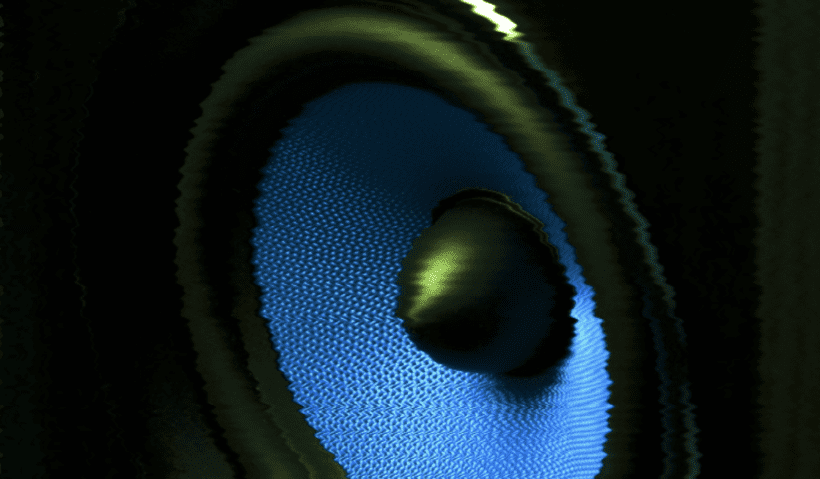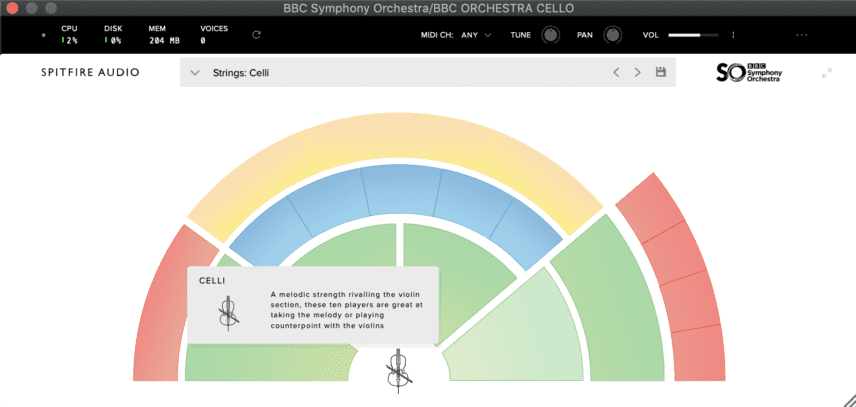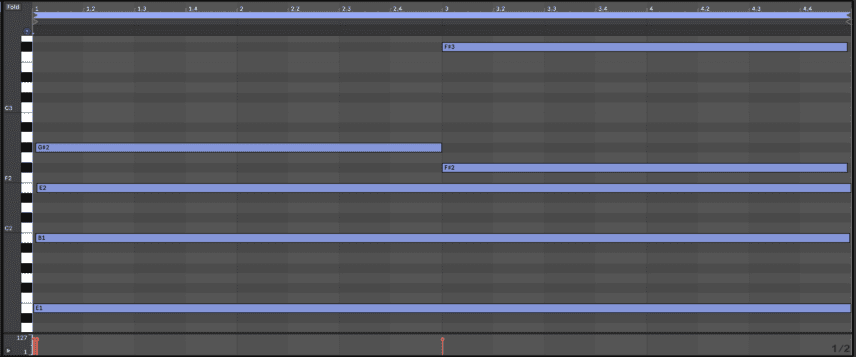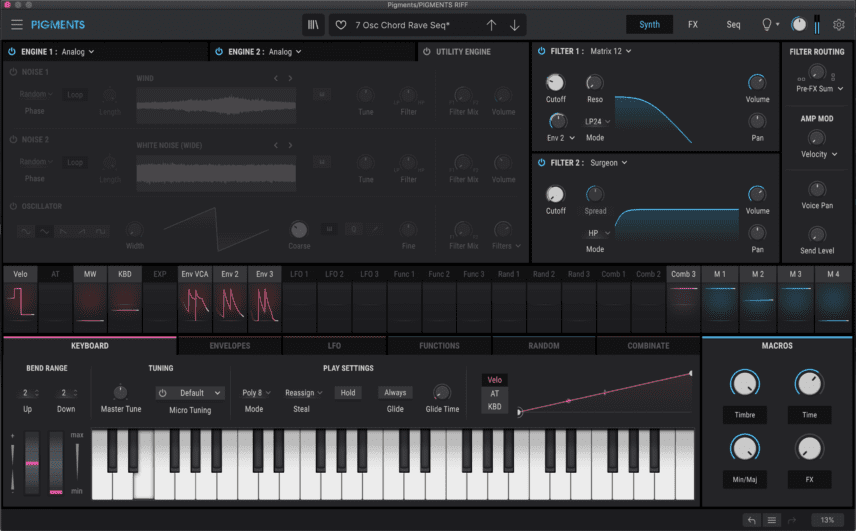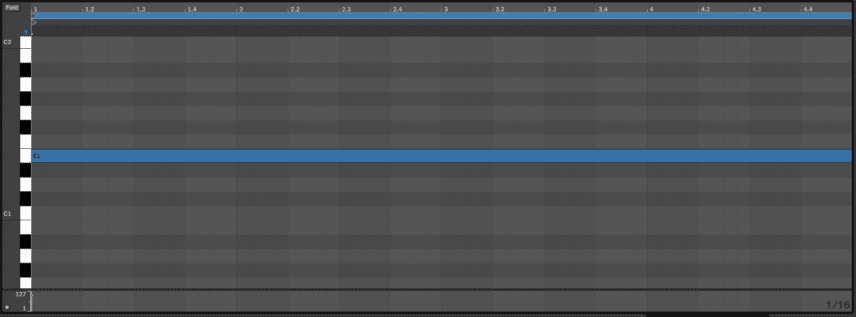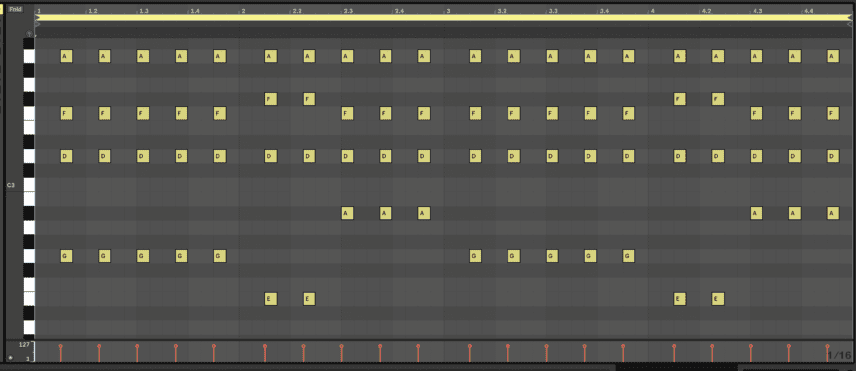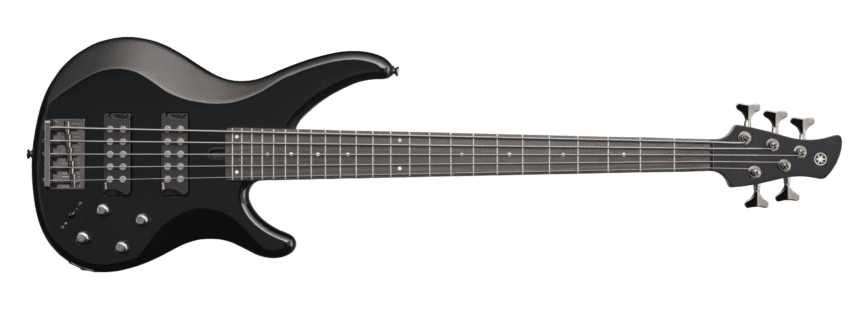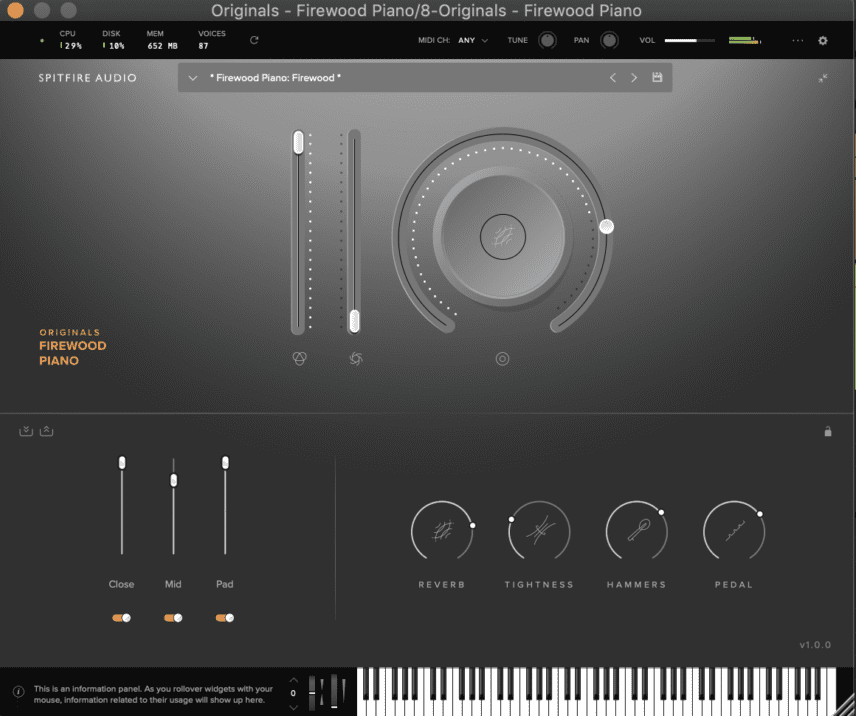In this installment of Passing Notes we look at how you can use simple key selection to give your low end a boost.
We recently published a tutorial breaking down how tuning drums lower or using lower tuned drum samples can be a clever alternative to drowning your project in EQs and sub-enhancers to get that elusive body-moving low end.
In this article we continue that line of thought, using simple key selection to replace all the plug-ins you have on your bass channel.
We’ll use two short loops as examples to demonstrate the technique of tuning down a whole track to boost lows. The first features more electronic sounds while the second has more traditional instruments like piano and electric bass.
Example 1: Electronic Sounds
Here’s how the first loop sounds:
The key is E major, with the sub-bass sample playing a low E on every downbeat. The bass sample is ‘PMSH_Bass_One_Shot_E_Subzero’ from Production Master’s Subhertz pack:
The cellos are courtesy of Spitfire’s BBC Symphony Orchestra Discover, which is still available for free on the Spitfire website. The strings are playing a spread out E major chord with a couple of F# notes replacing the high G# at the halfway point of the four-bar loop. This part has also been sidechained to the kick.
The chord sequence is a modulated version of Arturia Pigments’ 7 Osc Chord Rave Seq preset and is playing the whole sequence via one long E note in the piano roll.
Us musicians tend to get attached to the key we start in because it’s a hassle to transpose all of the instruments down later, especially without affecting sound quality. One option is to transpose certain elements a whole octave down without having to change everything. However, a jump of twelve semitones can really degrade the sound. For example, let’s try it with the Pigments sequence.
Below we play the sequence at a lower octave of E and then its original higher one:
The lower one ironically loses some bass because it’s just too low an octave for the patch to retain its quality. This applies to most sounds in general – as you keep playing a sound, while descending down a keyboard for example, the very low notes will start to sound muddy and muffled.
With the sub bass, the problem is that the E1 it’s playing is already so low that its note is equivalent to around 42Hz on the frequency spectrum. Tuning it an octave lower would cut that in half and bring it all the way down to near 20Hz, which is at the lower limit of human hearing!
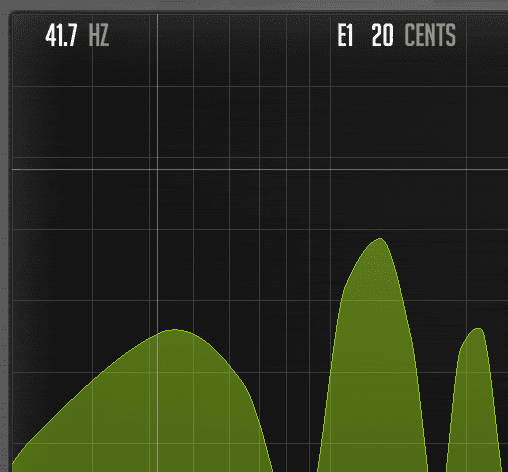
When working with acoustic instruments like cellos, pitch range has to be taken into account and the lowest note of a cello is the C1 note, preventing us from bringing its low E1 note further down to E0.
Seeing that jumping down a whole octave is not the answer, the conclusion is that we’ll have to change the key from E to a slightly lower key to try and get some more low end.
We experimented with numerous keys but got the best result when going down four semitones to the key of C major. This will also boost the low end of the cello because it allows us to use its lowest note, C1.
Instead of using the same sub-bass sample, we found another one playing a low C, ‘mta_bass_one_shot_sorter_C’ from Sample Magic’s Melodic Trap Aesthetics pack on Splice. Here’s how this sample sounds in solo:
Here’s the E sample again so you can go between the two:
The new sample sounds like it has a lot more sub and this is precisely why many D&B, dub and garage artists work in keys where you can use lower notes like this.
We transposed the cellos and the Pigments sequence down exactly four semitones as well but left the beat as it is. Here’s the new full version of the loop in C major, followed by the original E major version:
You might need headphones or speakers to really hear the difference but the C major version definitely has a ground-shaking quality that the original lacked.
Example 2: Piano And Electric Bass
This second example is closer to the style of Italo house and features a 909 beat with a funky bassline and piano stabs:
The key here is G minor and the piano progression goes:
G Minor 7 (add 9) -> E minor 7 11 (add 9) -> D minor/A
We chose this progression to ensure we have a chord with a low E note, which is usually the lowest note on bass guitars with standard tuning. The second chord is the one that features this note and it brings some good low end to the table, but can we go even lower?
For the bass, we used Native Instruments’ Scarbee MM Bass Kontakt instrument with some added chorus. While checking the lowest note on offer in this instrument we noticed that it’s a B note, as opposed to an E. This makes sense because with five-string bass guitars you get one extra lower string that is usually tuned to B.
This gives us some leeway so let’s try bringing the whole progression down a whopping five semitones so that our second chord can be a low B minor. Because all of the chords are tuned down, we’re now in the key of D minor. As a reminder, we’re doing this to be able to use more low notes to add weight to the bottom of the whole mix.
For the piano we used Spitfire’s Originals Firewood Piano, which works great with stabs. After bringing the tuning down we noticed that the piano had more body and sounded less thin.
Here’s how the keys and bass sound in solo at a lower tuning, followed by how they sounded before:
The difference is subtle but it’s there. It’s more clear with the beat back in the mix to provide context. Here’s the whole loop, first in the lower D minor and then in its original higher key of G minor.
One final note about using lower tuned instrument parts is that doing this leaves a lot of room for vocals or other lead elements in the frequency spectrum. This makes mixing easier, while also allowing the higher-pitched elements of your track to truly shine.
